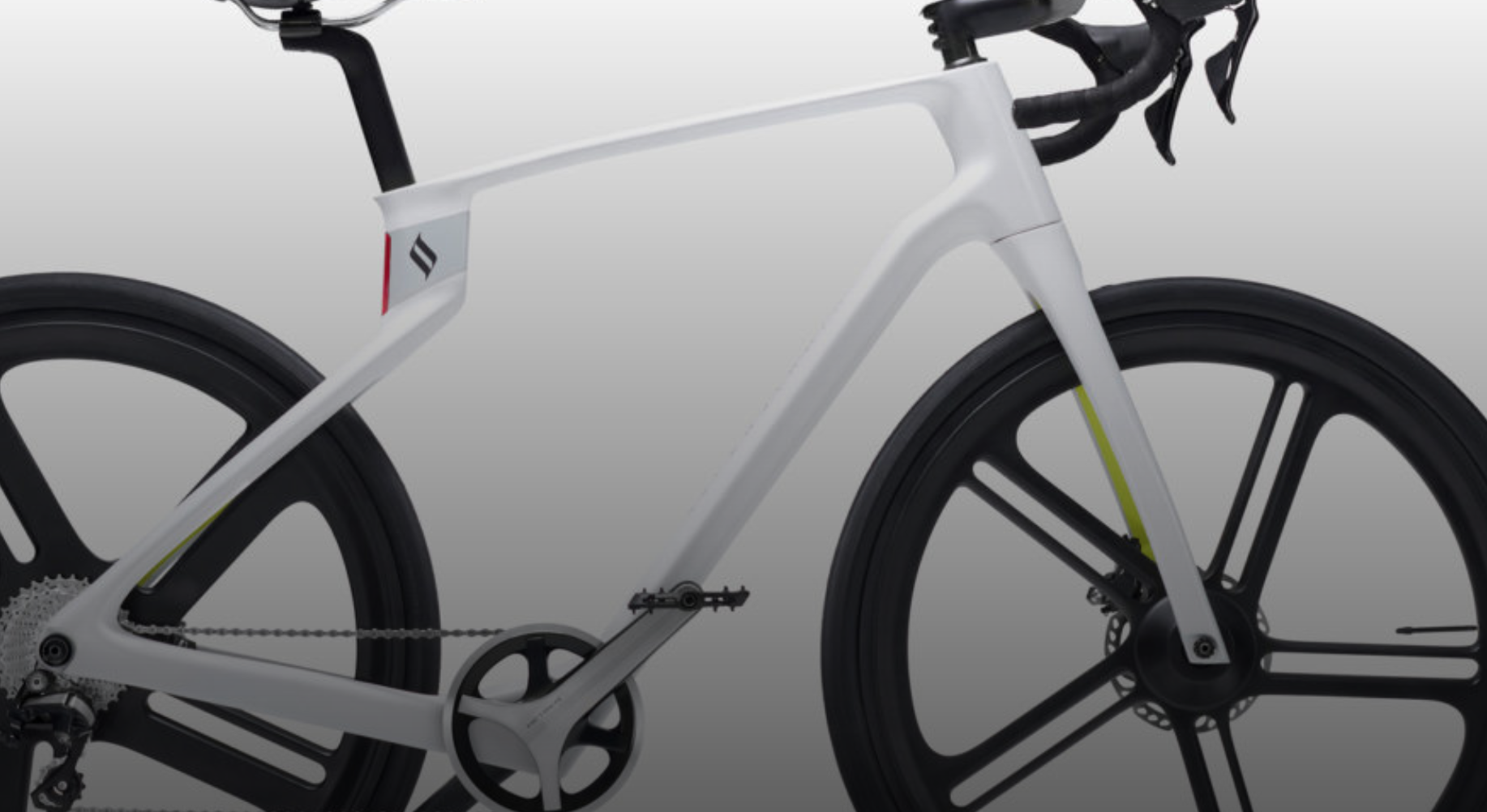One of the most popular methods in 3D printing is selective laser sintering (SLS). In this case, the powder
The researchers decided to work around this limitation andchanged the location of the laser inside the printer. Their working prototype, along with a print sample containing two different materials in one layer, is described in the scientific journal Additive Manufacturing, the text about this will appear in December 2020.
Selective laser sintering is a process wherein which material particles are held together by a downward laser onto a heated printed substrate. The object is printed from bottom to top: first, the printer produces an even layer of powder and, using a laser, selectively melts the rest of the materials in the layer. Then the printer applies the second layer of powder to the first, the laser joins these materials; the process is repeated until the part is ready.

The first 3D printed bicycle appeared
Researchers have also found a way to printitems without powder base. They installed several clear glass plates, each coated with a thin layer of plastic powder. They lowered the print platform onto the top of the surface of one of the layers and directed the laser beam upward through the bottom of the plate.
In this case, the printer prints using partpowder according to a preprogrammed pattern. The platform is then lifted with the fused material and moved to another plate covered with another powder, where this process is repeated. This allows you to combine multiple materials into one layer.
The team showed a working prototype by creating items from thermoplastic polyurethane and layered nylon. These parts are strong and dense, but the researchers plan to improve their properties in the future.
Read also
- See what the new telescope - Hubble's successor - can see in space
- Revealed the history of the origin of "strange" meteorites: they fell to Earth in the 60s
- There was a photo of how desert dust "flows" into the Atlantic Ocean